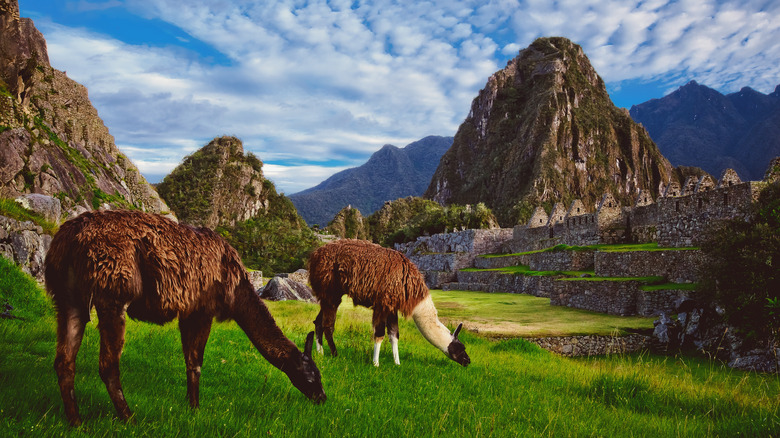Four days of splendor on the Inca Trail
The Inca Trail to Machu Picchu is typically completed in a four-day hike. Most expeditions follow the same well-established route, but tour providers may stop at different campsites. Day one is a gentle introduction. You’ll pass through the Vilaconta River, Patallacta, and the village of Wayllabamba, experiencing the arid landscape and its captivating views. The initial leg gives a glimpse of what’s to come but conserves energy for the days ahead.
Day two is arguably the toughest. You’ll ascend the notorious ‘Dead Woman’s Pass,’ reaching 13,800 feet. Don’t fear — the passage is only called this terrifying name because it looks like a woman’s supine body from the valley below. The thin air and steep ascent can be challenging, though panoramic vistas at the peak make every step worth the effort. Day three’s a rollercoaster of terrains covering the most photogenic section of the trail. You’ll navigate through cloud forests, jungles, and ancient ruins like Runkurakay and Sayacmarca.
Day four — the grand finale. Before dawn, you’ll head to the Sun Gate or ‘Inti Punku.’ Prepare for an unforgettable sight. As the first rays of the sun pierce the horizon, you’ll witness the ethereal beauty of Machu Picchu unfurling below. Once you arrive, you’ll have a guided tour of the ‘Lost City.’ Afterward, you can go to Aguas Calientes and have some time to explore this nearby town. Later, you can either take a 3.5-hour train or a private bus ride back to your hotel in Cusco.
Essential tips for the trek

Owing to its popularity and to ensure its preservation, access to the Inca Trail is restricted. Only 500 permits are issued daily, of which about 200 are for tourists, with the rest reserved for guides and porters. Thus, it’s imperative to book in advance, often six months to a year, especially during the peak trekking season from May to September. The trek requires no ropes, harnesses, or technical training and is generally feasible for most people with a reasonable fitness level. However, prior physical conditioning is beneficial.
Moreover, it’s essential to acclimatize to the high altitude in Cusco before the trek. Acute Mountain Sickness (AMS) is no joke, and it can easily ruin your trip. Staying hydrated (about a gallon of water daily) and pacing oneself can also help combat altitude sickness. Having the right equipment, like lightweight, moisture-wicking clothing, sturdy boots, trekking poles, and rain gear, is a must.
The Inca Trail is considered one of the best hikes in the world. Whether you’re a history buff, an adventure seeker, or someone looking for a more profound travel experience, this popular ancient trail promises memories for a lifetime. Embark on this journey and discover the magic of the Andes and the legacy of the Incas for yourself.

